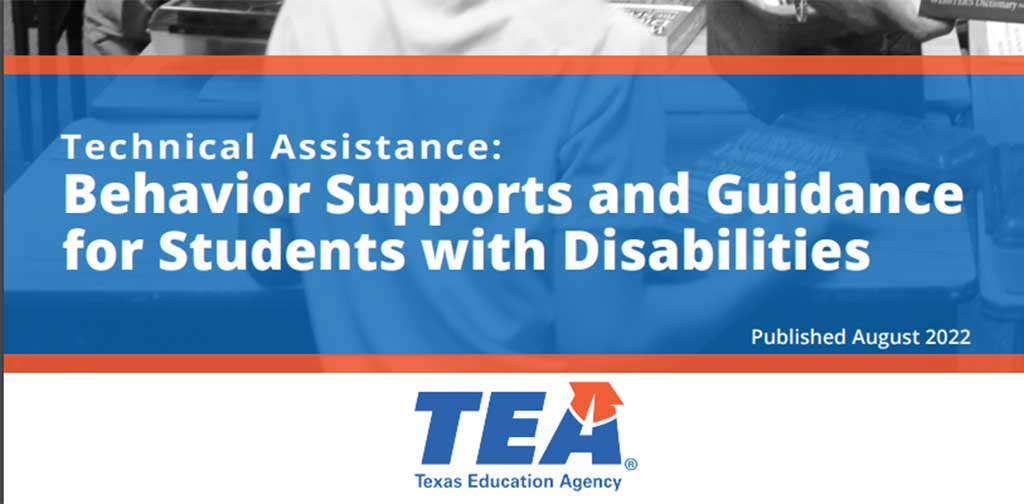Aspects of the Special Education Assessment
Psychological Assessment (conducted by a school psychologist) – This evaluation may include cognitive assessments, look at emotional and behavioral concerns, and measures of adaptive functioning.
Cognitive assessments measure a student’s intellectual abilities. It gives general information relative to other students the same age. The test shows how well he problem solves, how he best interprets information (visual, auditory, etc.), and measures other areas such as memory and speed of processing information. These assessments have an overall IQ score, which is comprised of various scales. Each assessment is different, but often the scales will focus on verbal ability, nonverbal ability, spatial ability, memory, and processing speed. Each of these scales consist of subtests that measure different aspects of the ability.
A social and emotional assessment is also typically conducted. Emotional functioning may be assessed formally or informally. It may include observations and interviews. It may also include projective measures that ask a student to draw, finish a sentence, or tell a story from a picture. Evaluators look for common themes in the stories, pictures, or sentences completed by the student. Rating scales are also used to measure and quantify emotional issues and behavior relative to other students. Raters respond to a series of questions and the responses are compared to a standardized sample of other students the same age. Students, parents, and teachers may be asked to complete rating scales.
Adaptive behavior is a look at the student’s self-help skills. Rating scales, interviews, and observations may be used to look at adaptive behavior.
Educational Assessment (conducted by an Educational Diagnostician or Special Education Teacher) – This is an assessment that compares a student’s academic functioning with other students of the same age. The test usually focuses on Reading, Writing, Math, and Oral Language. It looks at several areas within each major area. For example, in reading there will be a subtest measuring comprehension, recognizing site words, and speed of reading. This test focuses on broad skills that a student should know, rather than testing exactly what is taught in class. For example, in class, a class a teacher will give a list of spelling words to study before the test. A class spelling test will measure the student’s ability to spell and their ability to memorize those specific words. There is no way to study for an Educational Test, as it only measures the specific skill being tested.
Sociocultural Assessment (usually conducted at the student’s home by a School Social Worker or Visiting Teacher) – The parents are interviewed to obtain information regarding the student that may be pertinent to eligibility. It is also a way to help the parents voice their opinions. Developmental history is reviewed, as home environment, access to educational resources, and important life changes are discussed. Often adaptive behavior is also assessed.
Developmental Assessment (conducted by an Early Education Special Education Teacher) – This test is usually given to children five and under in place of an educational assessment. It measures basic skills in young children, such as early academic knowledge, adaptive behavior, communication, and motor skills.
Specific Specialty Area Testing (conducted by a specialist in each area) – Not all students need specialty area testing. If there are concerns with speech and language, a Speech Therapist will conduct an assessment. If the concerns are in motor skills, an Occupational Therapist will do an assessment for fine motor skills or a Physical Therapist for gross motor skills. If the student’s hearing or vision is in question, an appropriate person will do an evaluation.
- Other information that may be reviewed
- Medical records (when a medical condition is suspected to be causing difficulty in school)
- Classroom observations and teacher reports
- Hearing and vision screenings
Interpreting Test Scores
Parents need to understand some of the important concepts about interpreting the statistical test data on the assessments given. Here is the essential information parents should know about understanding test data:
- Usually, overall information is presented in Standard Scores, which have a mean of 100 and a standard deviation of 15. That means a standard score of 100 is exactly average. The majority of the population (68%) will score within 15 points of the mean (100). Most of the students in a class will score between 85 and 115 on an assessment. The further away from 100 someone scores, the more atypical it is. For example, approximately 3% of the population is considered truly gifted (an IQ above 130 versus an average IQ of 100).
- Sometimes T-Scores are used, especially with Behavior Rating Scales. These have a mean of 50 and a standard deviation of 10. This means that anything between 40 and 60 is normal. The further a score falls from 50, the more atypical it is. If a student is rated with a T-Score of 75 in depression on a rating scale, this means that the student is showing significant symptoms of depression.
- Percentiles do NOT mean what percentage of the questions the student got correct. It is a statistical term that indicates how well she did compared to other students the same age. For example, an average score of 100 is at the 50th percentile. This means that 50 percent of students the same age did better and 50 percent did worse. If a score is at the 23rd percentile, she performed better than 23 percent of students her age.
- Grade equivalents can be very misleading and parents should not put too much stock in them.
Article written by written by Erin N. King, Ed.S., School Psychologist Files
http://schoolpsychologistfiles.com/spedtesting/



